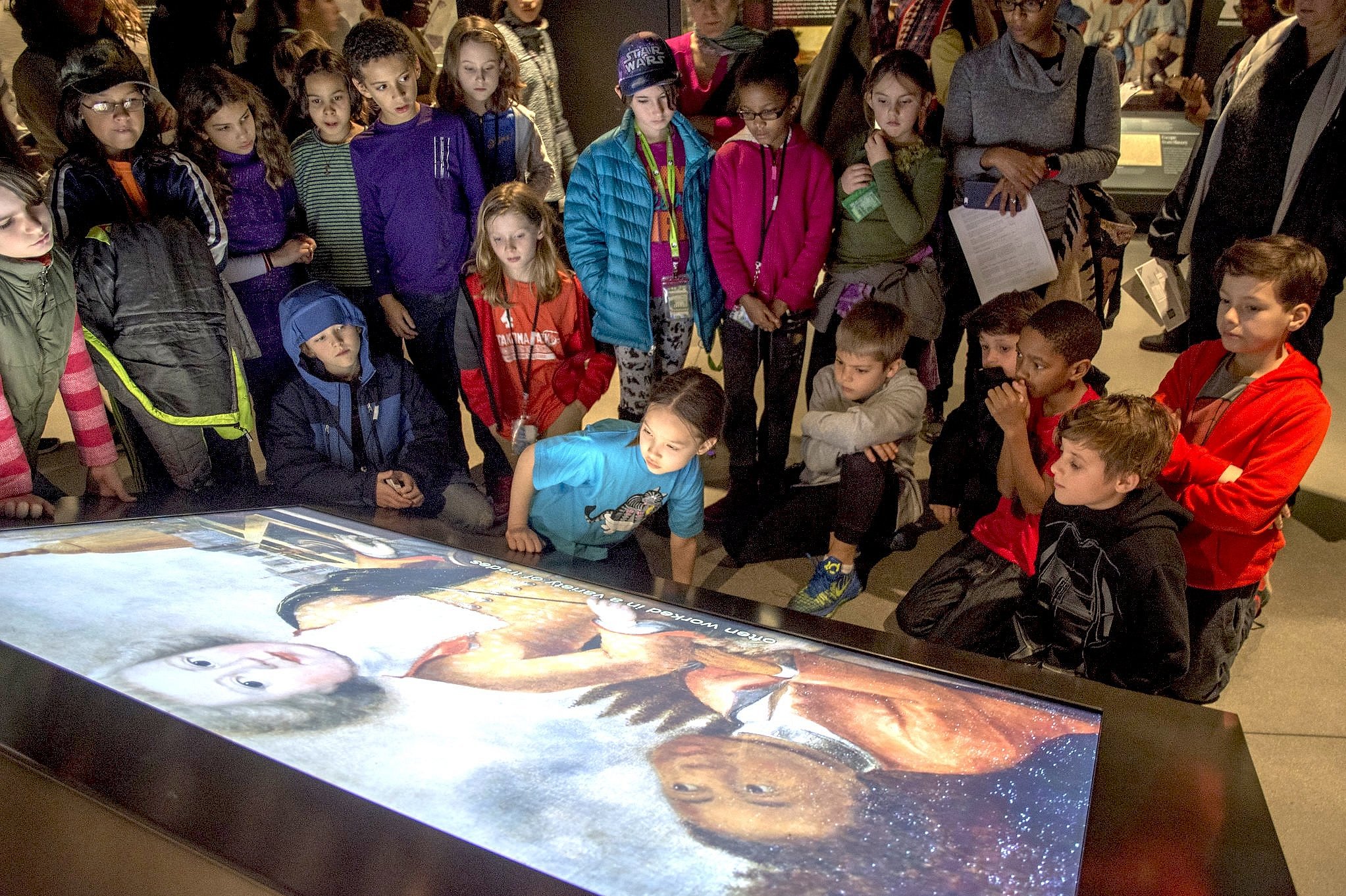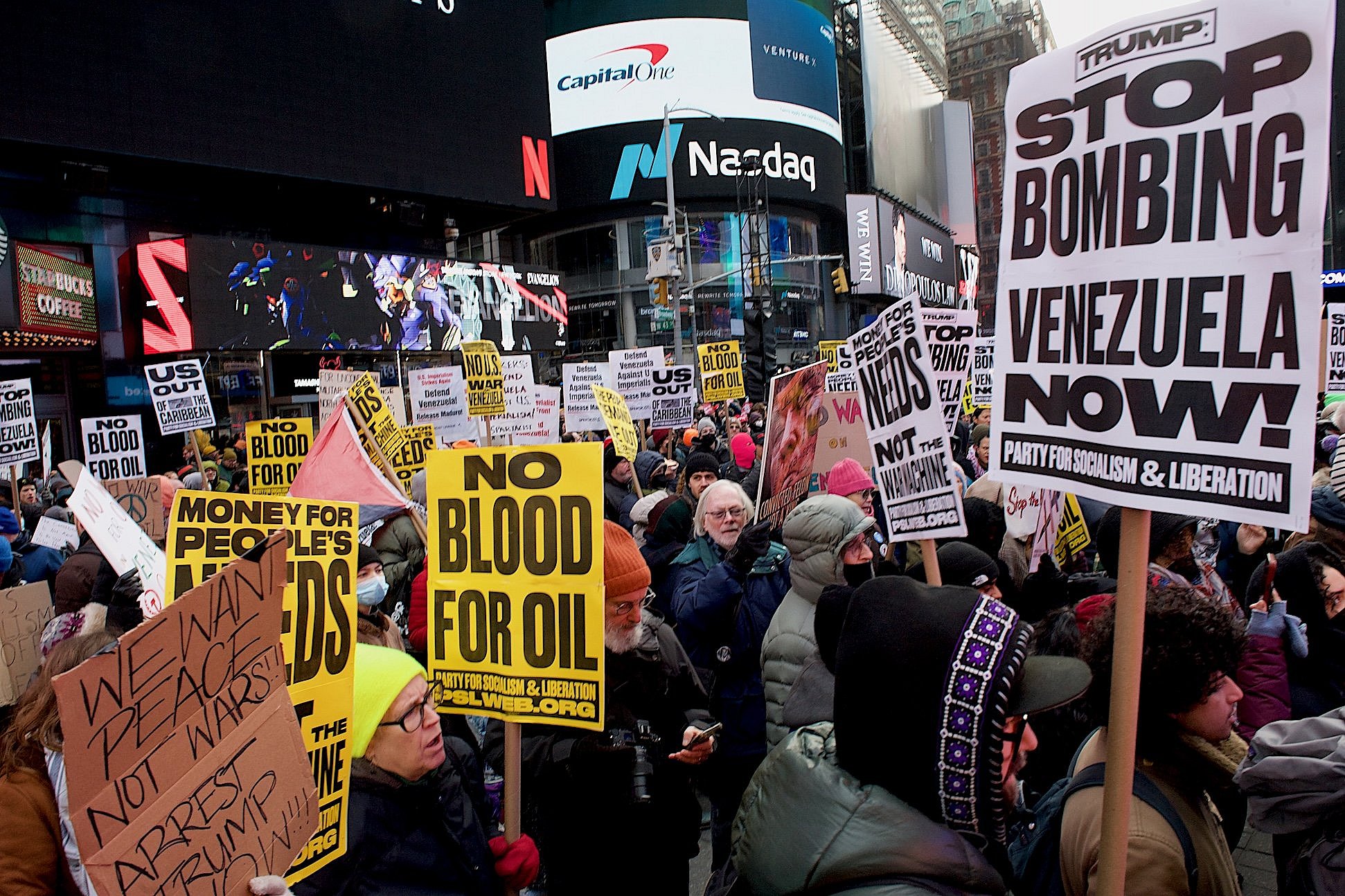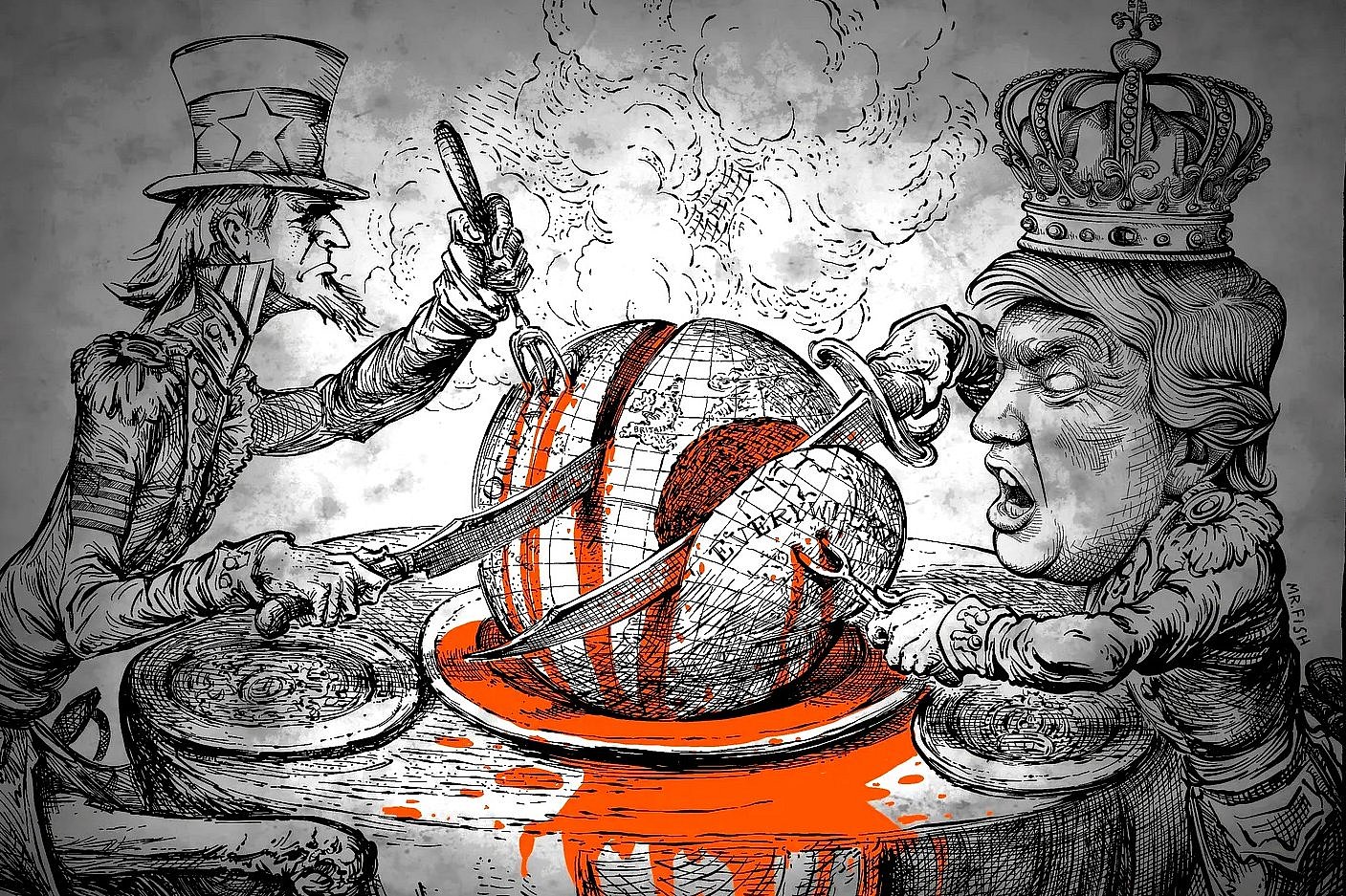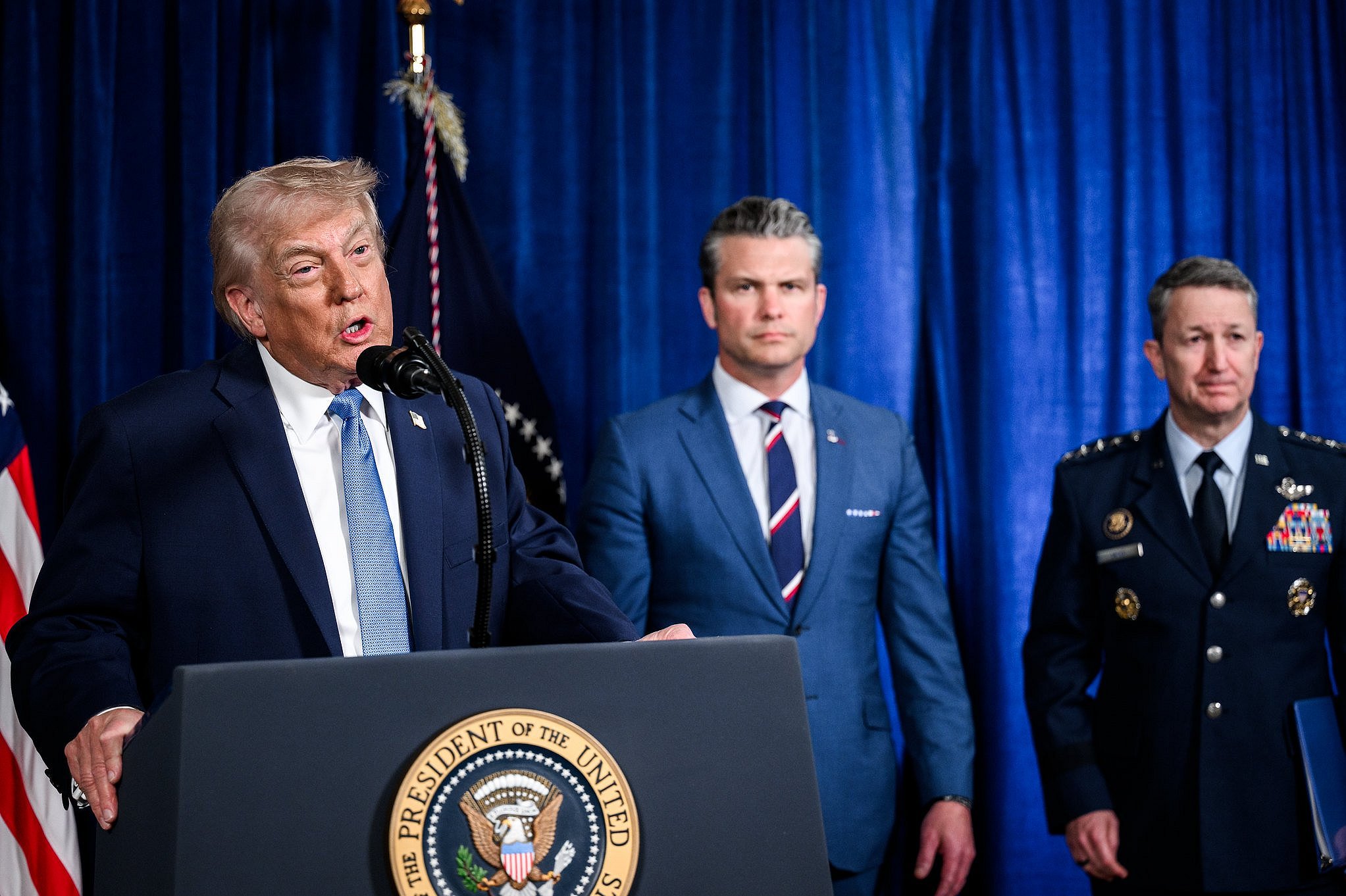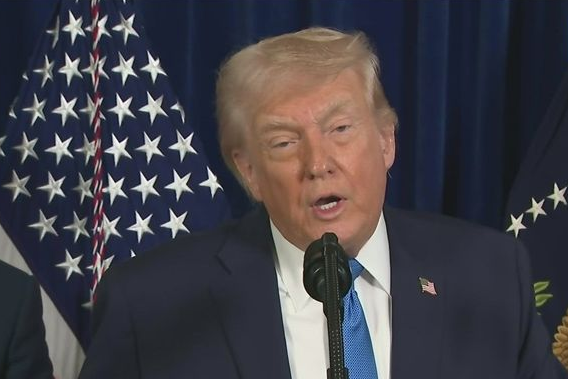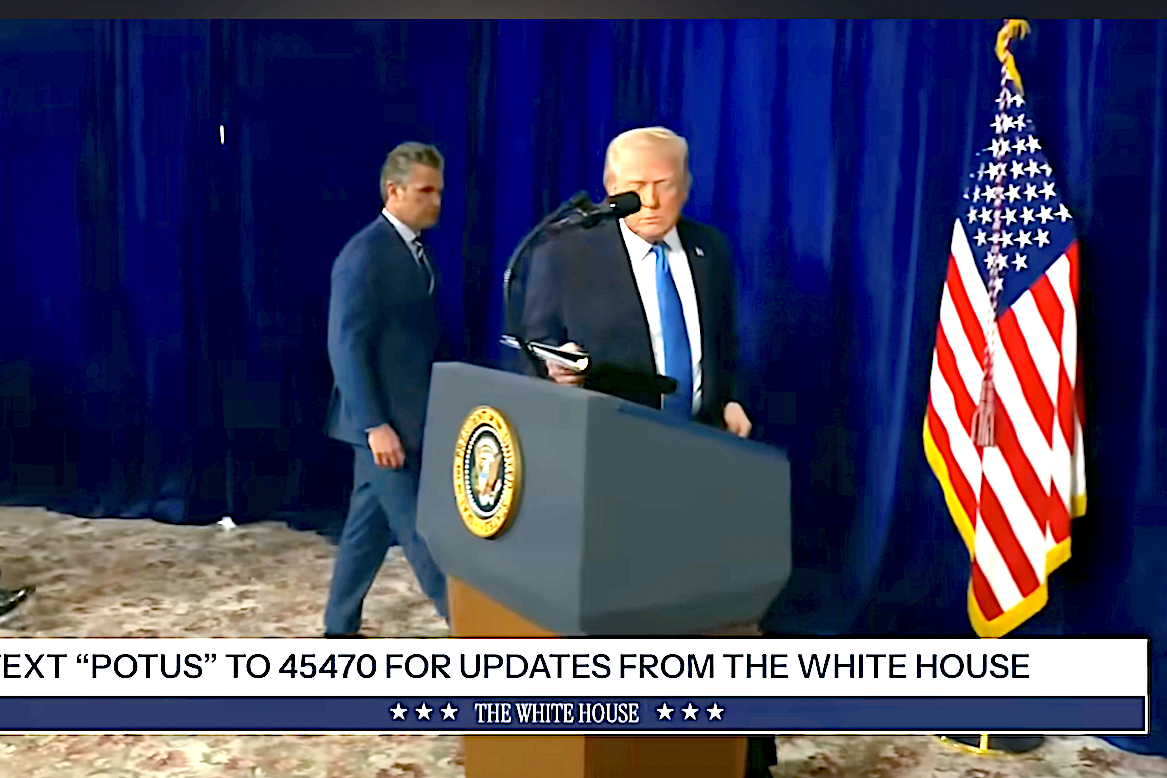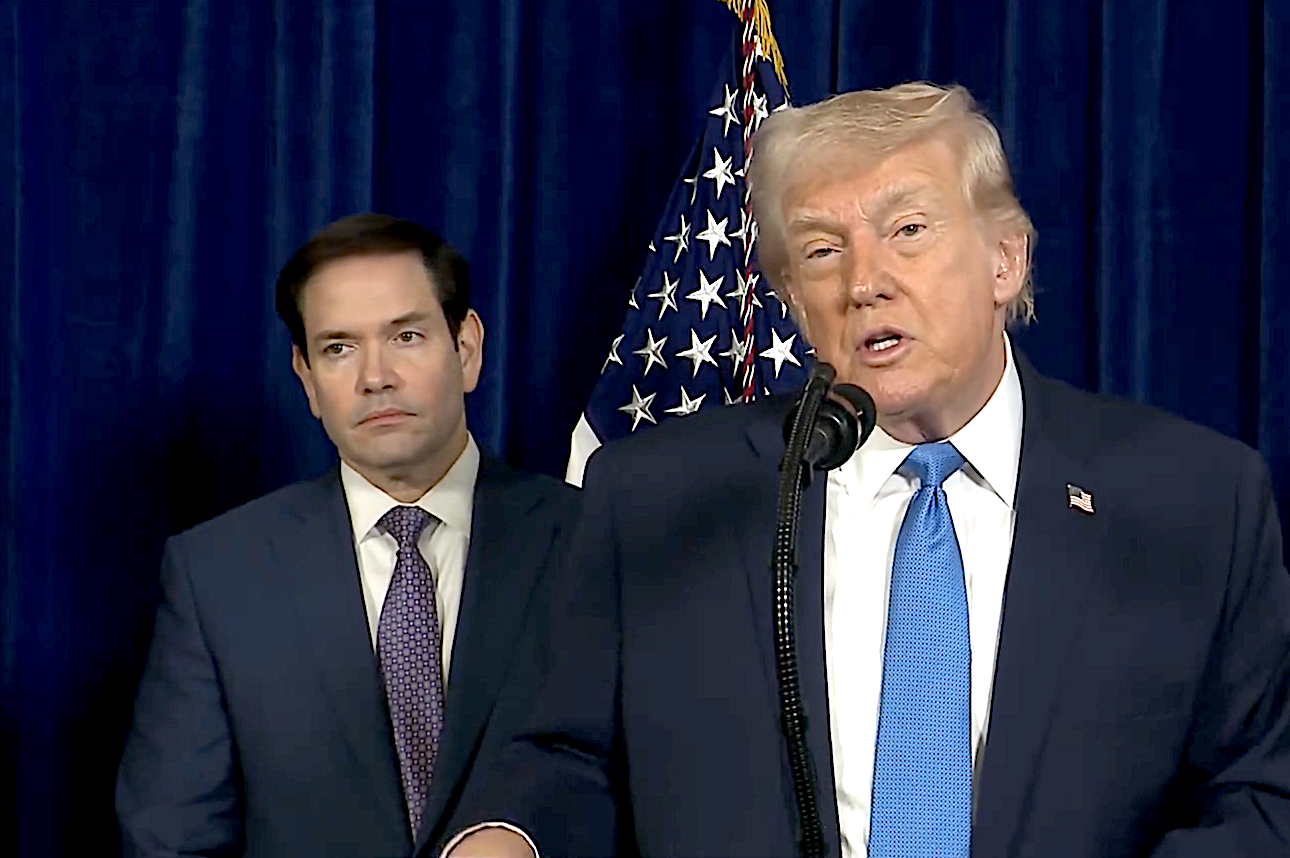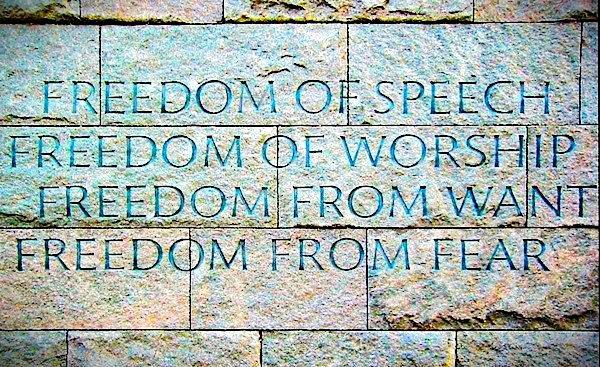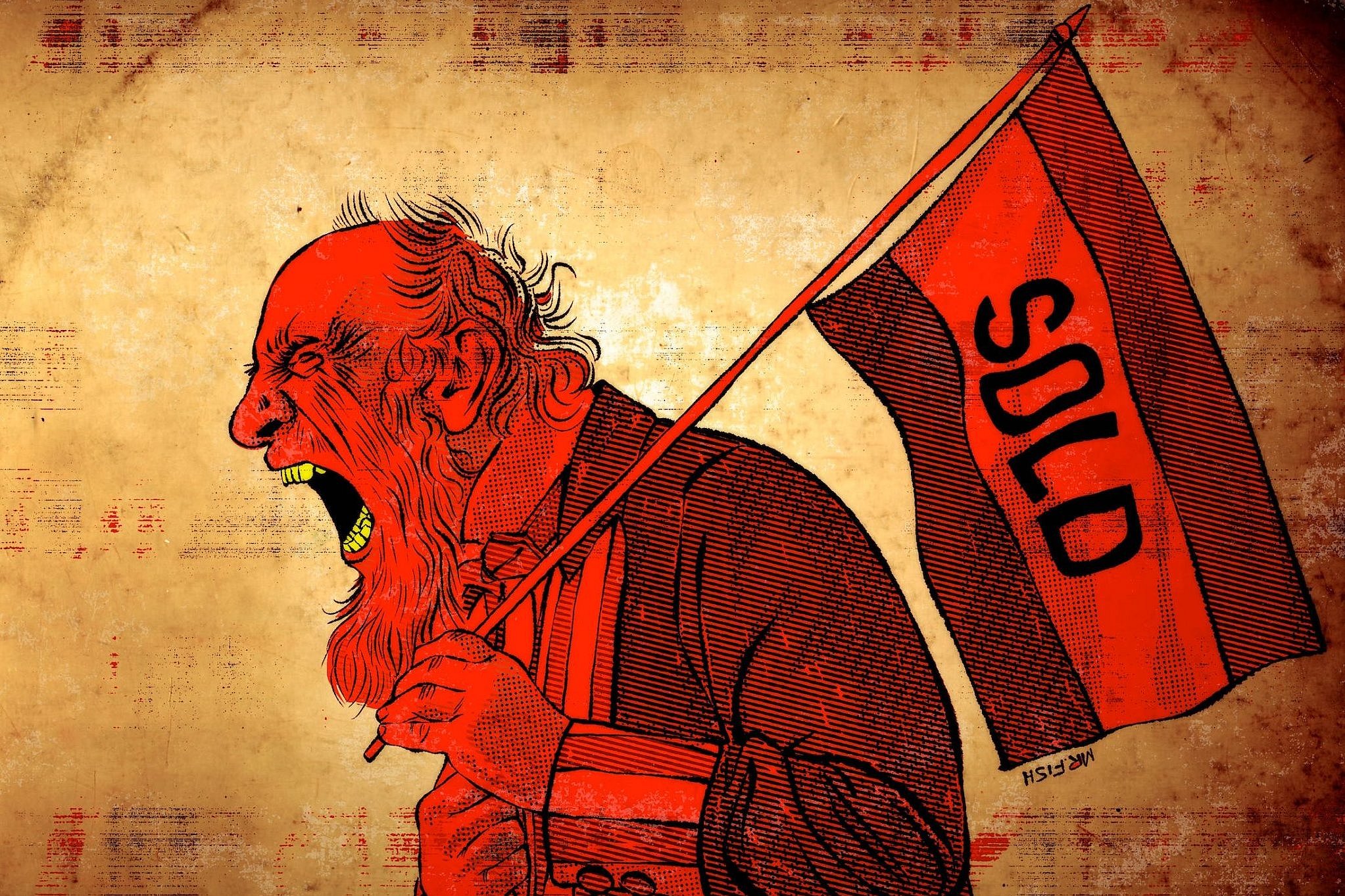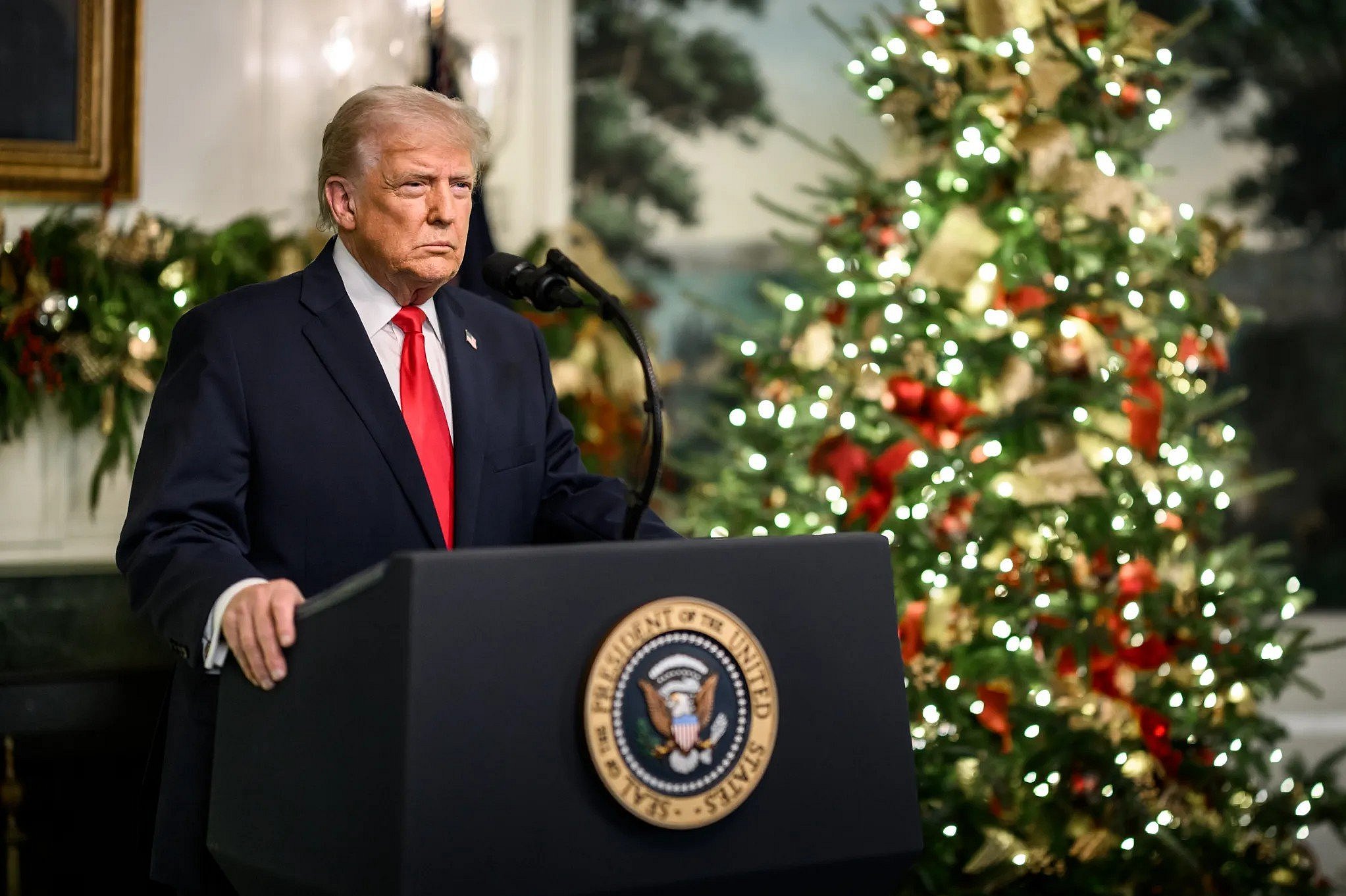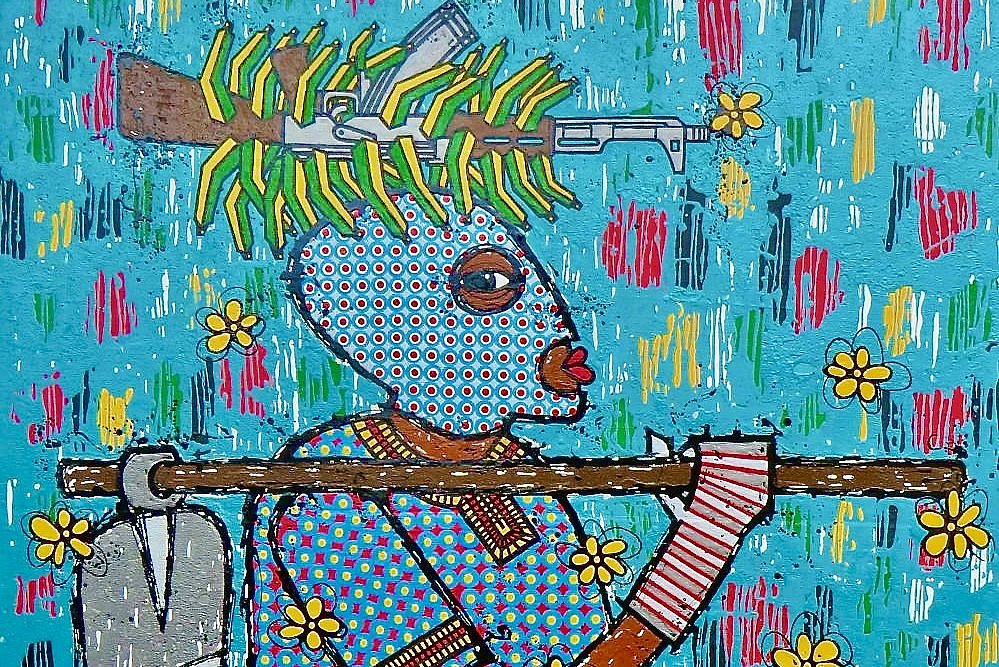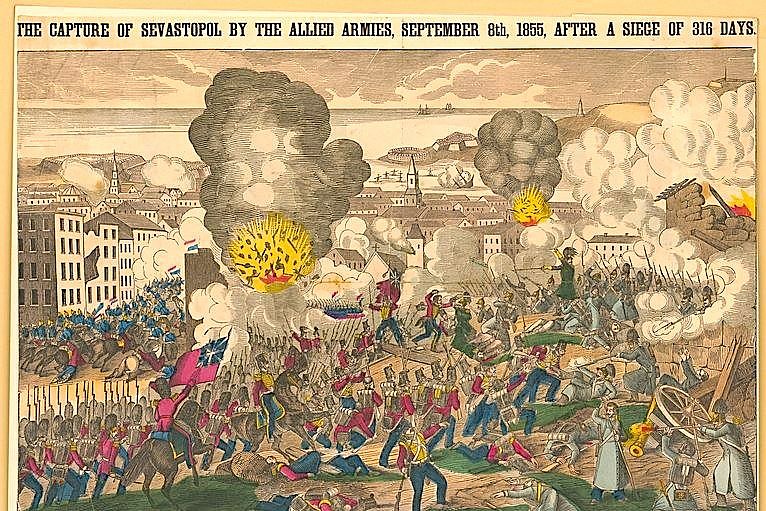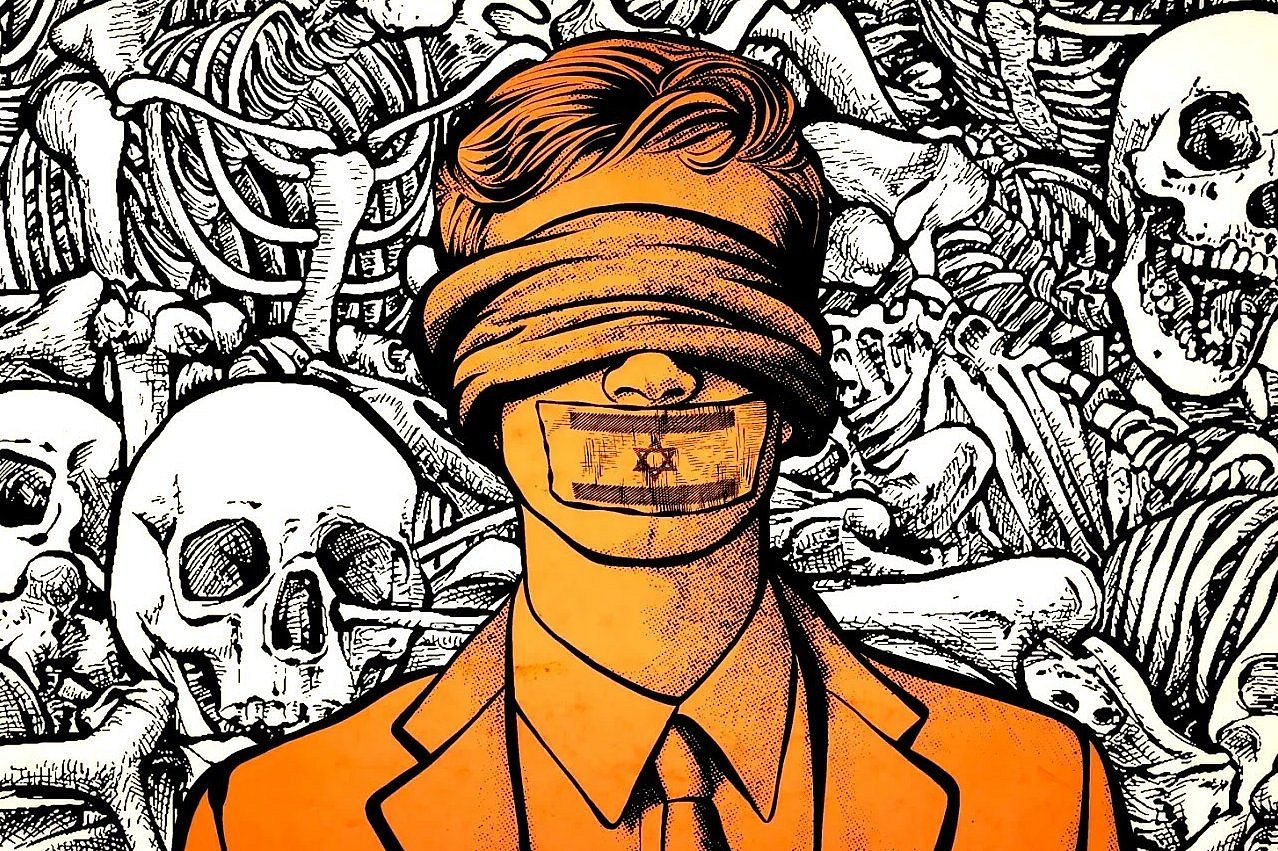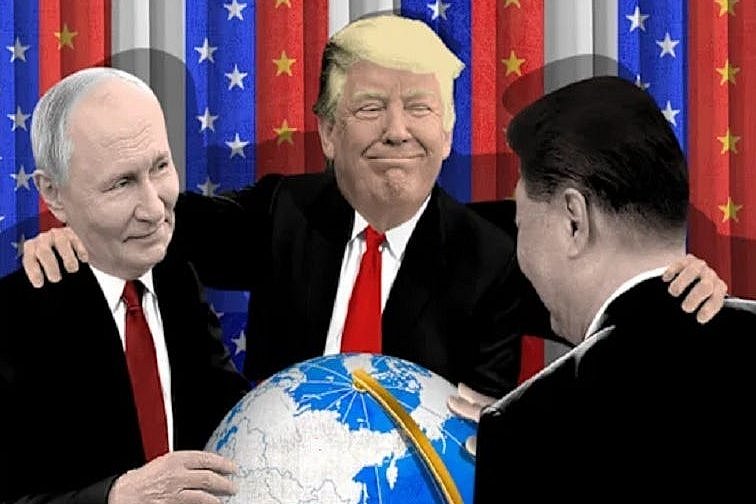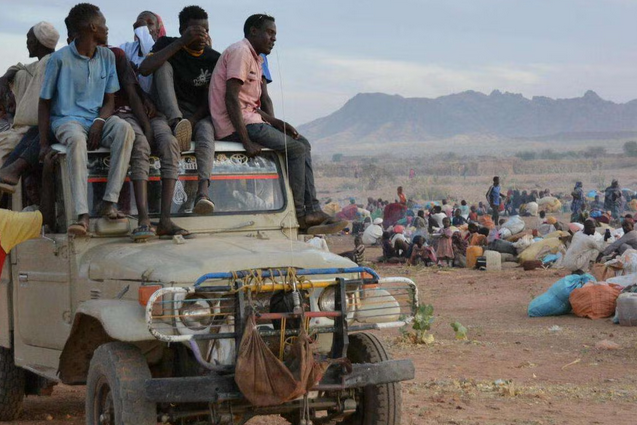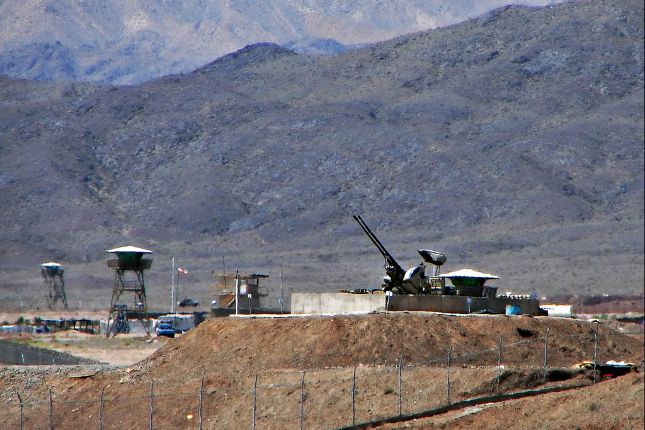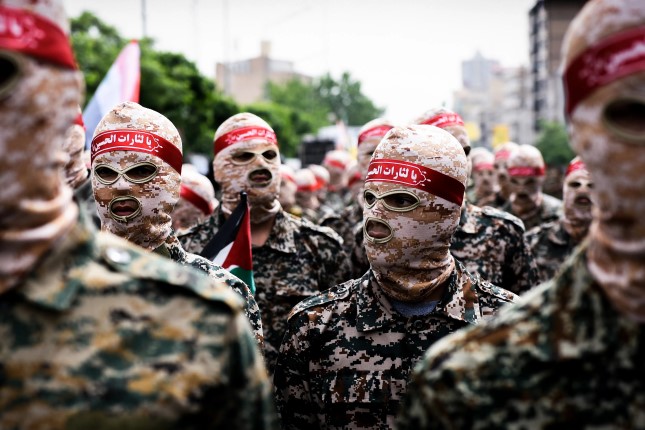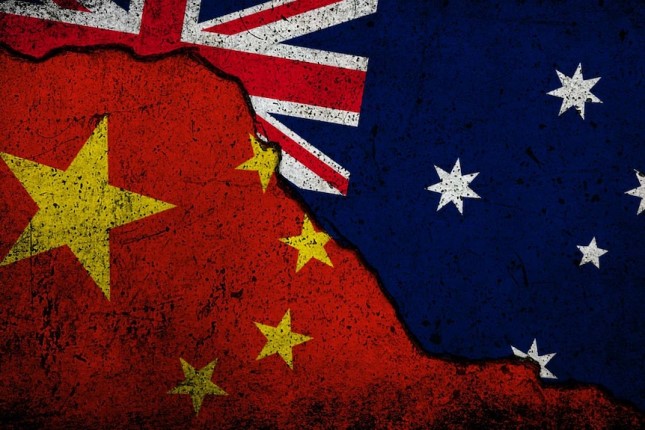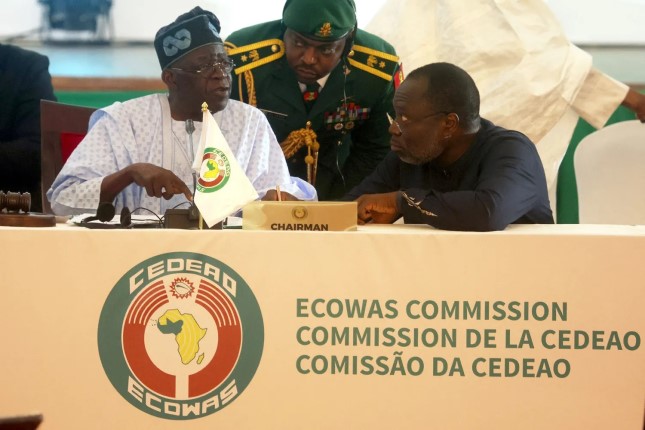It’s long past time Americans face the truth about the Founding Fathers. A critique that places events being celebrated on the Fourth of July in a much larger world historical narrative is urgently needed.
The power of empire is not only the power to control land, labor, armies and financial industries, but also to control minds.
The dominion of the U.S. Empire has turned history upside down. It has transformed some of the biggest criminals into heroes. A history that emphasizes the U.S. as an exemplar of democracy and human rights and holds the constitution as sacrosanct is a history that lies by omission and ignores some of the most important events in its story.
Historian Gerald Horne places the creation of the United States in a larger context in his seminal work, The Counter-Revolution of 1776- Slave Resistance and the Origins of the United States of America. He points out that while so many historical accounts of the American War for Independence begin in the 1770s or the decades preceding it, to understand the forces at play we must go back at least to the late 17th century and the “Glorious Revolution” of 1688 in England.
This revolution saw the ascendant merchant class overthrowing Catholic King James II and installing his daughter Mary and her Protestant Dutch husband, William III of Orange, whose country, the Netherlands, was facing the onslaught of an aggressive Catholic France under Louis XIV. A Bill of Rights, very similar to the U.S. Bill of Rights, was made law in a parliamentarian show of force, further diminishing the power of the king.
What is lesser known about the “Glorious Revolution” of 1688 was the effect on the trade in African bodies. With the king and the Royal African Company losing control of the slave trade, it became unregulated and the venture capitalists, pirates and investor class profited from the emerging global economy, based on the most valuable “commodity” of all.
The “free trade” in Africans became, along with the genocide of the Native Americans, the two original sins and foundational crimes in the European conquest of the Western Hemisphere.
Not only were European investors stealing returns of up to 1700 percent on their capital, enslaved Africans working on plantations in the Caribbean made the European empires the most powerful in the world. Sugar, tobacco, alcohol, rice, indigo, cotton and coffee changed the appetites of Europe, and not for the better.
Centuries of Rebellion
Africans resisted slavery everywhere. And wherever the numbers of Africans enslaved greatly outnumbered the enslavers, the latter feared or faced the constant threat of revolution. British slavery in the Caribbean, on the islands of Jamaica, Antigua and Barbados was rife with continuous revolts against the European colonisers.
In Jamaica, escaped Africans known as Maroons successfully freed themselves from Spanish slavery and continued to wreak havoc on the English slave camps after the island fell to the English in 1655. By 1739 London was forced to make a treaty recognising Maroon sovereignty over sections of the island.
The mainland 13 colonies insisted that Africans were not to be armed, that there could be no advancement or upward mobility for the enslaved. This created a dilemma for the expanding British empire which was competing with the Spanish empire that had a long established practice of arming free and enslaved Africans.
The Spanish stronghold of St. Augustine in Florida was a sanctuary for Africans escaping from the English Carolinas. After converting to Catholicism and swearing allegiance to Spain, former slaves were sent northward on guerrilla raids against the fledgling plantations of the enemy. Arming the enslaved and subsequent refugees from English slavery helped Spain to hold the Florida frontier against British raids in 1728 and a major land and naval assault in 1740.
Seven Years War
The North American political map was radically altered in the 7 Years War (French and Indian War), when the British pushed back the French and Spanish. The French were forced out of the Ohio River valley and the Spanish lost the strategic city of Havana, Cuba, in 1762.
While fought largely to secure the English colonies, the results of the war would have unintended consequences for the British Empire. With the Catholic empires of France and Spain setback, emboldened settler colonists would double down on the slave economy, just as the British Empire was becoming more dependent on using Africans in the military.
In the 1762 attack on Havana, the British used “a combined force of 4,000 Redcoats, a regiment of five hundred free Negroes and two thousand enslaved Africans from Jamaica.”
These two forces: the expansion of slavery in British North American colonies in the mid-18th century and the increased military use and upward mobility of Africans in Britain’s growing global empire would create contrasting visions for how mainland settler colonists and London regarded exploiting Africans.
Somerset’s Case & the Slaveholders’ Revolt of 1776
The British system of enslaving Africans was shaken to the core in a pivotal judicial case in June 1772. Stolen from Africa in 1749, James Somerset was bought in Virginia by Charles Steuart and later enslaved in Boston, before being shipped to England. With a history of fleeing, Somerset was in England where his master was seeking to sell him. Found shackled aboard a ship on the Thames, abolitionists rallied to his cause in what came to be known as Somerset’s Case.
It was Magistrate Lord Mansfield, of Scottish origin, who freed Somerset, ruling that slavery could not exist in England. The ruling did not abolish slavery in Britain’s colonies but it was seen as a move in that direction by colonial elites who interpreted the case as London siding with the enslaved over the slaveholder.
Widely discussed throughout the colonies, this ruling amplified the schism between the colonies and London, with the British Empire moving away from slavery and the colonial separatists moving toward an independent, republican slavocracy to defend, maintain and preserve slavery long into the future.
All Men Are Created Equal?
When Father-of-Slaves (Thomas Jefferson) wrote the Declaration of Independence in 1776, the war against the British had just begun. The colonial ruling class separatists needed an army to defeat the British Empire.
The Declaration of Independence famously stated that “all men are created equal, that they are endowed by their Creator with certain unalienable Rights, that among these are Life, Liberty and the pursuit of Happiness.” In his initial draft of the declaration, Jefferson attacked George III for the transatlantic slave trade, but did not condemn the institution of slavery. There was a burgeoning internal slave market in North America.
Jefferson also complained in the deleted section of the first draft that George III was inciting slaves in America to turn on their masters. He wrote:
“He is now exciting those very people to rise in arms among us, and to purchase that liberty of which he has deprived them, by murdering the people on whom he also obtruded them: thus paying off former crimes committed against the LIBERTIES of one people, with crimes which he urges them to commit against the LIVES of another.”
Father-Of-Slaves was attempting to solidify a white identity that would transcend the class, religious, ethnic and national conflicts of Europe. Somehow when settlers crossed the Atlantic they magically became White and were welcomed into the project of enslaving Africans and conquering indigenous lands. Jefferson had six children with his “property,” Sally Hemings and enslaved over 600 human beings in his lifetime.
The 27th and last grievance issued to King George III in the Declaration states,
“He has excited domestic Insurrections amongst us, and has endeavored to bring on the Inhabitants of our Frontiers, the merciless Indian Savages whose known Rule of Warfare, is an undistinguished Destruction of all Ages, Sexes, and Conditions.(sic)”
This last grievance in the declaration reveals the two original sins that drove the colonial ruling class to separate from their country and support a ruling class war for independence. A war that would establish a white supremacist, patriarchal, expansionist government that could unify feuding European identities.
Ned Blackhawk, in his 2023 book The Rediscovery of America, connects the formation of whiteness to the theft of indigenous land and enslavement of Africans:
“Indigenous dispossession facilitated the growth of white male democracy and African American slavery. Each grew from the same trunk of expansion while also sowing the seeds of American disunion. Indeed, many of the nation’s longest-standing racial inequalities remain rooted in this half century of racial formation, one in which American lawmakers struggled to establish legible distinctions between ‘red,’ ‘white,’ and ‘black,’ people. That struggle became ideological. It became social. It became political, and it eventually became legal.”
Lord Dunmore’s Emancipation Proclamation
In 1775, months after the battles of Lexington and Concord in Massachusetts triggered the American War for Independence, the British issued their version of the Emancipation Proclamation. In November 1775, Lord John Dunmore, British Colonial governor of Virginia, promised “freedom” to any enslaved person in exchange for joining the British army.
Virginians and all slavers were shocked, Destroyer of Villages (George Washington) called Lord Dunmore “that arch-traitor to the rights of humanity.” The British were moving to end slavery — as President Abraham Lincoln would do nearly a century later — in order to save the union.
For men whose power stemmed directly from slavery, men like Washington, Jefferson, James Madison and James Monroe, the threat of losing the humans they enslaved and thus their power, was a decisive factor in their decision to go to war.
Edward Rutledge, who would become governor of South Carolina, said that Dunmore’s Proclamation, more than anything else, would “work an eternal separation between Great Britain and the colonies.”
So what exactly did Jefferson mean by “endeavoured to bring on the Inhabitants of our Frontiers, the merciless Indian Savages whose known Rule of Warfare, is an undistinguished Destruction of all Ages, Sexes, and Conditions?”
The Proclamation Line of 1763
The War for Independence 1775-1783, may have been a war against the British empire but make no mistake, it was also a war against First Nations and the result of the war was an ominous sign for the future of both enslaved Africans and the stewards of Turtle Island.
The British had drawn a political line, The Proclamation of 1763, along the crest of the Appalachians: a political boundary that marked the border of the British Empire in colonial North America. The proclamation came after the French and Indian War 1756-1763, that ended with the French defeated and forced to cede all land claims east of the Mississippi to the British.
While the proclamation upset white settlers living on native lands who wanted the support of the government to help steal more land from the natives, it also upset the most passionate and successful land speculators and master thieves such as Destroyer of Villages (Washington) and Father of Slaves (Jefferson). Between 1747 and 1799 Washington surveyed over 200 tracts of land and held title to more than 65,000 acres in 37 different locations.
Preemptive War
As the War of Independence approached, the settler colonists and slaveholders knew that whatever side native nations chose to support would play an important role in determining the outcome of the war.
The most powerful native confederation of the time was the Haudenosaunee (Six Nations Iroquois). Among these, the Seneca followed the Mohawks in joining the British. The Cayuga, Tuscarora, and Onondaga nations remained neutral and only the Christianised Oneidas sided with the separatist settlers.
In response, Conotocaurius or Destroyer of Villages (the name given Washington by the Haudenosaunee) wrote instructions to Major General John Sullivan to make a preemptive attack on the Haudenosaunee,
“to lay waste all the settlements around … that the country may not be merely overrun but destroyed … Our future security will be in their inability to injure us … and in the terror with which the severity of the chastisement they receive will inspire them.”
General Sullivan replied,
“The Indians shall see that there is malice enough in our hearts to destroy everything that contributes to their support.”
During the war for Independence the “Americans” would burn over 50 Haudenosaunee villages to the ground and if that weren’t enough, Destroyer of Villages added, “it will be essential to ruin their crops now in the ground and prevent their planting more.” They burned the corn and other crops just before a severe winter, leaving many to die from cold and starvation.
The American separatists would go on to destroy over 100 Cherokee towns and many other native villages. This was, in all likelihood left out of the history books you read in school. Under the leadership of Destroyer of Villages, this first war for “American Independence” was a war against natives and a way of life that honored the land.
This same land conquered by the separatists would become the only source of revenue for the new government as defined in their first constitution: the Articles of Confederation.
Forming a More Perfect Union?
The reality of U.S. colonial expansion and empire building reveals the true motivations that fueled the machinery of power behind the Constitution and why it is so important to understand what the Constitution was designed to do.
The Constitutional Convention was held in the aftermath of a rebellion in Massachusetts that challenged the tenuous control colonial elites held over the impoverished population. Shay’s Rebellion demonstrated the intensity of long-running class conflicts. Named after Daniel Shays, a veteran of the War for Independence, the uprising was a struggle of farmers for their land, against a Massachusetts oligarchy, that was forcing them into debt and off their land.
Shay’s Rebellion was a movement comprised of hundreds of farmers and working class whites in western Massachusetts, unifying and marching on courthouses demanding an end to high property taxes. This working class rebellion put a fright into the colonial ruling class. Virginian elite and their allies moved to seize power and frame the new Constitution to their liking.
In the summer of 1787, colonial rulers held a secret convention in Philadelphia to amend the Articles of Confederation. What they left with was a document that guaranteed slavery, and the racism to justify it would remain part of the United States for the foreseeable future.
The 3/5 clause of the constitution — determining the number of representatives per state — granted that the total number of people counted in a state would include 3/5ths of the total number of enslaved Africans. The 3/5ths “compromise” was a power grab that gave the southern states majority control of the central government.
The electoral college, based on the very same lopsided pro-slavery representation, ensured that the presidency would be in the hands of the enslavers. Four of the first five presidents were Virginian slave masters. They all served two terms. They ruled for 32 of the first 36 years of the Empire. They conquered, plundered and aggressively expanded the Republic-Empire from the East Coast and declared in 1820, with the Monroe Doctrine, that all of the Western Hemisphere was under the dominion of the U.S., not to be interfered with by European powers.
The U.S. Constitution written in Philadelphia, in 1787, was a Virginian and Southern slave plantation owners’ coup. By wedding slavery to power, the constitution rewarded and incentivized the enslavement of Africans. This first slavocracy was imposed by those who profited from the free market of African bodies and guaranteed that slavery would define the new nation enforced by the collaboration of a pan European white identity.
Of Virginia’s total population of 747,610 people counted in the 1790 census, 292,627 were enslaved. There were more enslaved Africans in Virginia than the total population of people in states such as Vermont, New Hampshire, Maine, Rhode Island, Connecticut, New Jersey, Delaware, Kentucky, South Carolina and Georgia.
By 1860, on the eve of the Civil War the number of enslaved humans in Virginia was 550,000. This number is misleading however, for Virginia benefited from the end of the legal foreign slave trade in 1808, as written and planned in the constitution.
Virginia became the domestic breeding ground for exporting slaves to the deep south, where they would also count in the census for the slave states. Frighteningly, the “founding fathers” designed a document in which they could literally rape and breed their way to increased political power.
The transformation necessary to create a system that works for everyone will never be achieved as long as Americans believe the U.S. was founded by visionaries with high ideals. For far too long have Americans accepted the lies and celebrated a fantasy.
Source: Consortium News.
